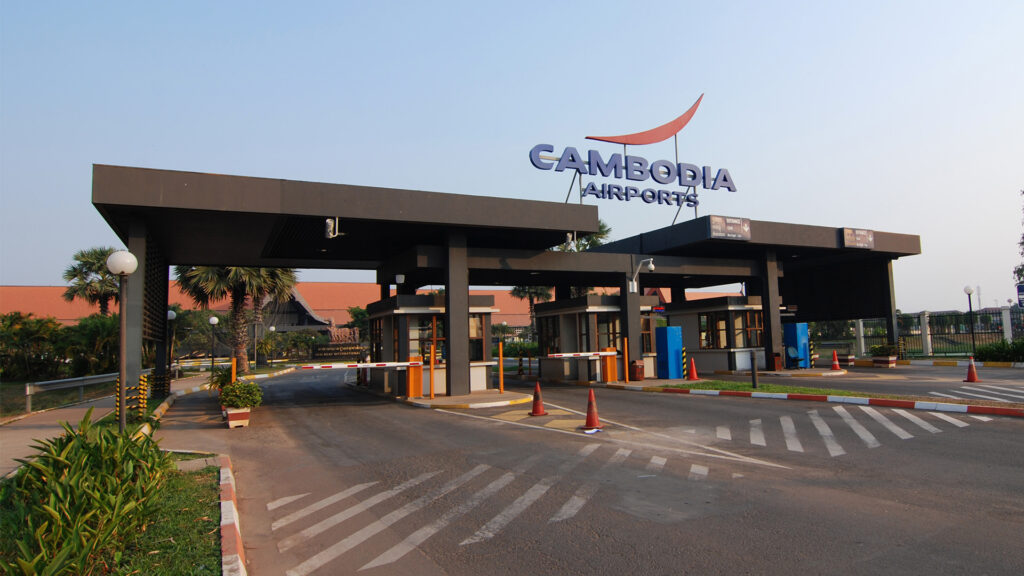European advance cargo declaration regime
The Regime aims to tighten security in respect of goods entering or leaving the EU by means of more efficient customs controls and a common risk management framework. The idea behind it is to identify high risk cargo in advance of the arrival of the means of transport carrying such cargo into the EU so that authorities can take proper action. The Regime is similar to the US advance reporting scheme and will therefore have the greatest impact on container vessels and lines and air freight operators, although it applies to all modes of transport. It is in addition to existing customs rules and is a further regulatory burden on transport operators.
The European customs advance cargo declaration regime (the “Regime”) finally entered into force on 1 January 2011. A number of transport operators and carriers were already complying with it. However, compliance is now mandatory.
The Regime is comprehensive. It applies to all goods imported to or exported from the EU, and to transit goods which are not in free circulation. It covers all transport sectors: deep sea shipping, short sea shipping, air transport, rail, inland waterways, road and combined transport using ro-ro vessels. It applies to all “economic operators”, meaning anyone involved, in the course of their business, in activities covered by customs legislation. Economic operators are obliged to declare certain cargo information to customs offices in advance, rather than upon presentation for import or export.
Under the Regime, all cargo declarations must be made electronically to the customs authority of the Member State into, or out of, which the goods are moving. This is likely to require changes to the computer systems of customs authorities and transport operators as there is no common electronic standard across the EU.
The EU regulation is detailed. Key points to note are:
- Where cargo is being imported into the EU, an Entry Summary Declaration (ENS) must be sent electronically to the customs authorities at the first port of entry in the EU, irrespective of whether the goods are due to be discharged at that port or not. The operator of the active means of transport on or in which the goods are brought into the customs territory of the EU is responsible for filing for an ENS:
Transportation Mode Time Limits Containerised maritime cargo (except short sea containerised shipping). At least 24 hours before commencement of loading in each foreign load port. Bulk/break bulk maritime cargo (except short sea bulk/break bulk shipping). At least 4 hours before arrival at the first port in the customs territory of the Community. Short sea shipping: Movements between Greenland, Faroe Islands, Ceuta, Melilla, Norway, Iceland, ports on the Baltic Sea, ports on the North Sea, ports on the Black Sea or ports on the Mediterranean, all ports of Morocco and the customs territory of the Community except French overseas department, Azores, Madeira and Canary Islands. At least 2 hours before arrival at the first port in the customs territory of the Community. Short sea shipping: Movements with a duration of less than 24 hours between a territory outside the customs territory of the Community and the French overseas departments, Azores, Madeira and Canary Islands. At least 2 hours before arrival at the first port in the customs territory of the Community. Short haul flights (less than 4 hours duration). At least by the time of the actual take off of the aircraft. Long haul flights (more than 4 hours duration). At least 4 hours before arrival at the first airport in the Community. Rail and inland waterways. At least 2 hours before arrival at the customs office of entry in the Community. Road traffic. At least 1 hour before arrival at the customs office of entry in the Community. Combined transport. Is the time limit indicated in the rows above for the means of transport that enters the customs territory of the Community. (For example, for a truck on a ferry in short sea traffic, the time limit is at least 2 hours before the ferry’s arrival at the first port in the customs territory of the Community. - Shipping lines now require customers to provide specified information well in advance of shipment in order to allow them to comply with the Regime. The kind of information required includes the bill of lading number, shipper and consignee name and address, notify party (mandatory if consignee is “To order”), acceptable goods description, 4 digit HS commodity code, package type, number of packages, container number, gross weight of cargo (in kg), UN code for dangerous goods, seal number and method of payment for prepaid cargo.
- Where goods are being exported from the EU, the declaration is provided either on a customs declaration for export, re-export or outward processing, or, where none of those is applicable, on an Exit Summary Declaration (EXS). There are different deadlines which apply for different modes of transport as there are for the submission of the ENS.
- A vessel operator must also submit an Arrival Notification (AN) at their first port of call in the EU. This allows customs to identify all ENS data for cargo onboard.
- “Authorised Economic Operator” (AEO) status can be granted where a company is recognised by authorities as presenting a low security risk. AEO benefit both from simplification provided for by customs rules and/or facilitation with regard to customs controls related to security and safety, according to the type of certificate they obtain. Economic operators with AEO status will be permitted to declare less cargo information.
- The legal responsibility for ensuring that an ENS is submitted lies with the transport operator. Whilst an ENS can be submitted by a transport operator’s agent on its behalf, the responsibility remains with the transport operator.
- A freight forwarder can also submit the ENS but only if the transport operator consents. In these circumstances, transport operators may seek indemnities from forwarders for any inaccurate information submitted. This approach may be particularly relevant in the containerised trade.
Responsibility for submitting the advance cargo declaration shifts from the transport operator in two special cases:
- Combined transport (i.e. trucks being driven onto ro-ro vessels). Here, the haulage company is responsible for the advance cargo declaration. In maritime or air traffic involving a vessel sharing (or slot) agreement (often used in the container trade) where the bill of lading or air waybill issuing carrier is responsible.
Commercial impact
In case of non-compliance, the most serious consequence would be halting of loading or unloading, the disruption of cargo operations and consequent delays and interruption to supply chains. Furthermore, the customs authorities of Member States will impose fines or other penalties on transport operators and other parties responsible for the submission of cargo declarations. Shippers therefore need to submit complete and accurate shipping instructions and customs declaration information well within the deadlines given by transport operators to ensure that they have sufficient time to process and submit this information to customs authorities. Shipping instructions must include all data elements required for ENS submission.
HFW tip
Shippers should look for transport operators which clearly understand the requirements of the Regime and have implemented any necessary changes to their procedures. Transport operators have prepared for the implementation by ensuring that relevant processes are in place as well as reviewing the compatibility of their IT systems with those of customs authorities in relevant countries. Shippers should look for transport operators which work closely with EU customs and have extensive experience in working with them and thus receive accurate and timely information during the implementation period. Ask transport operators whether they made test runs and pilots – initiating real-time test runs and pilots in different EU countries to ensure that any issues that may have arisen have been successfully resolved. Have transport operators trained their staff and are their employees well informed and trained to provide you with any support or assistance you may require?
Transport operators themselves may wish to have regard to the Regime when drafting charterparties, vessel sharing/slot agreements, air waybills and bill of lading contracts, to ensure that responsibility for submission and liability for information submitted under the Regime is clear. Finally, all parties in the supply chain may wish to consider a cost benefit analysis on whether to apply for AEO status and the advantages this offers including easier access to certain customs simplifications, certain facilitations from customs security and safety controls, or both.
For further information, please contact Craig Neame, Partner, on +44 (0)20 7264 8338 or craig.neame@hfw.com, or Matthew Gore, Associate, on +44 (0)20 7264 8259 or matthew.gore@hfw.com, or your usual contact at HFW.











